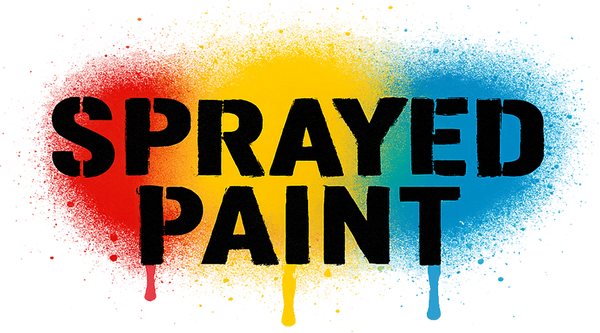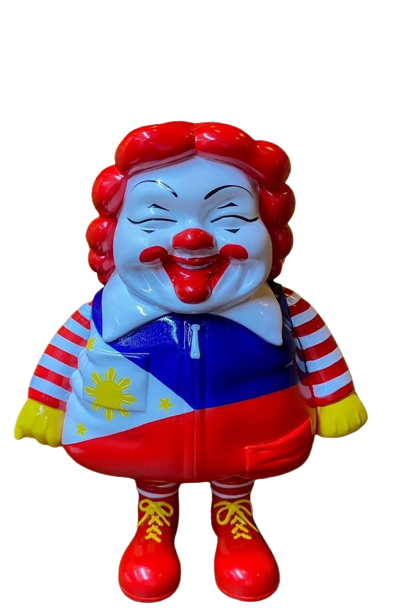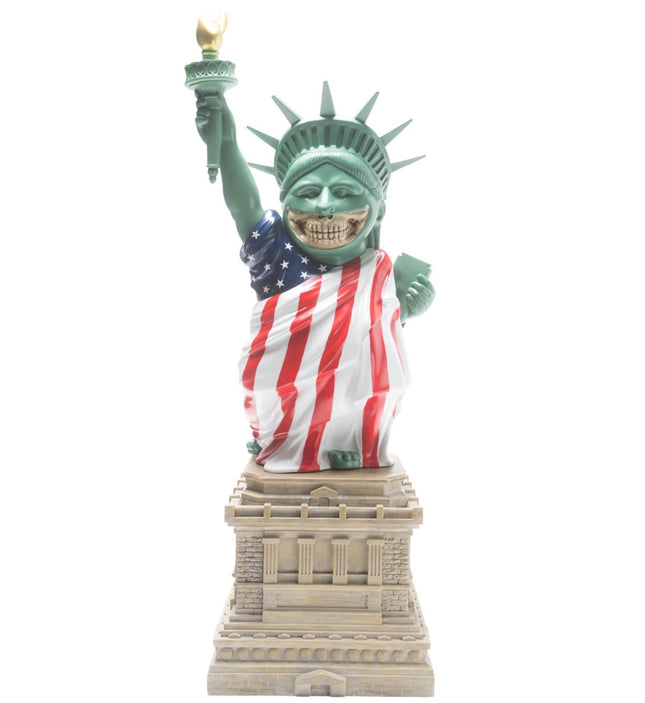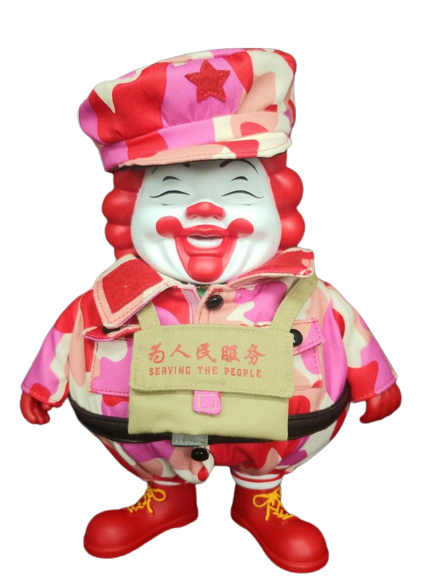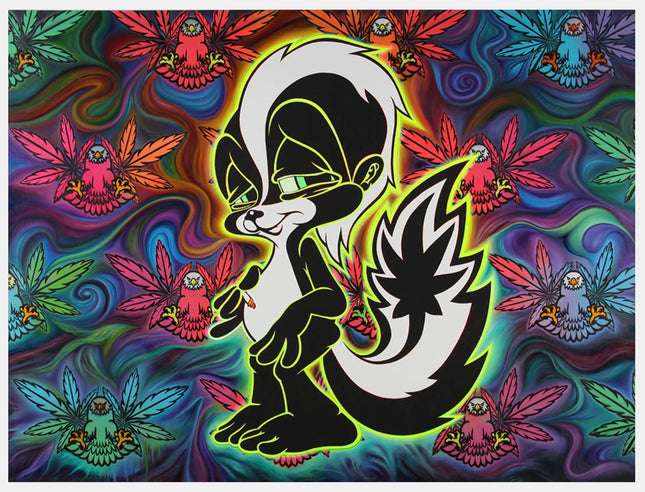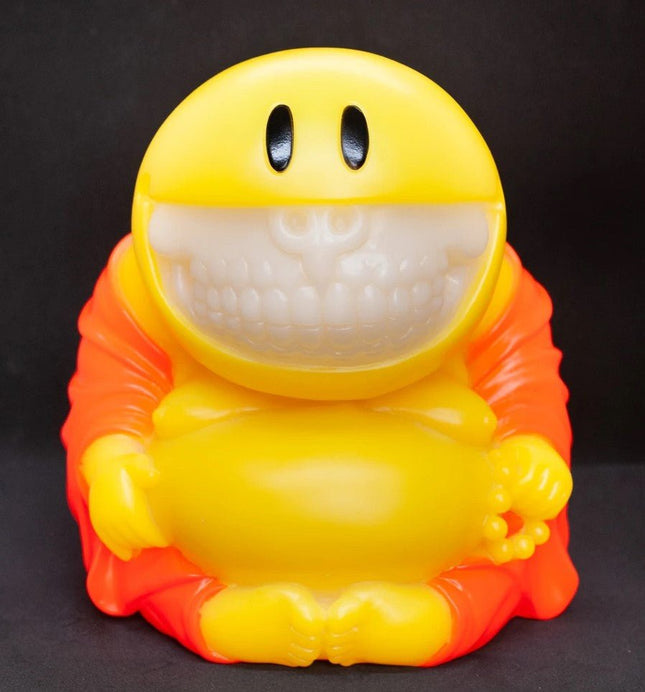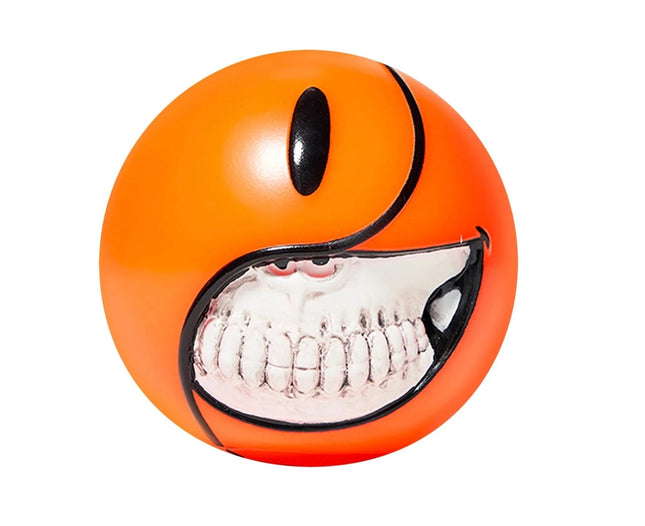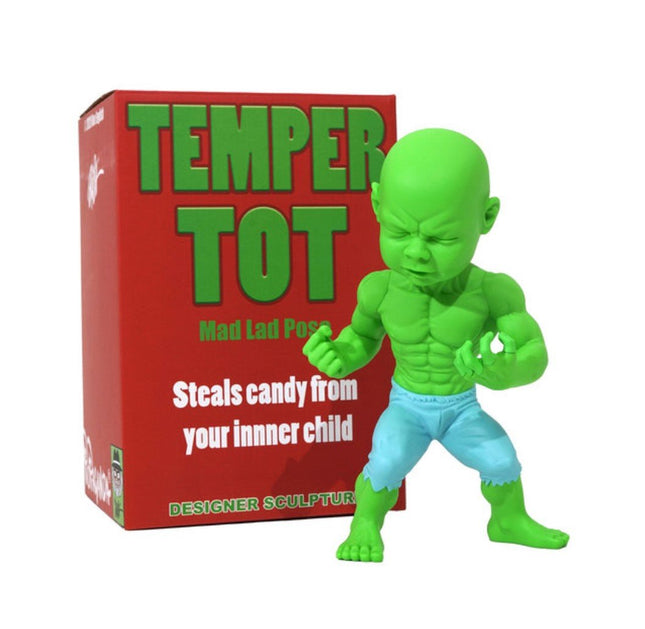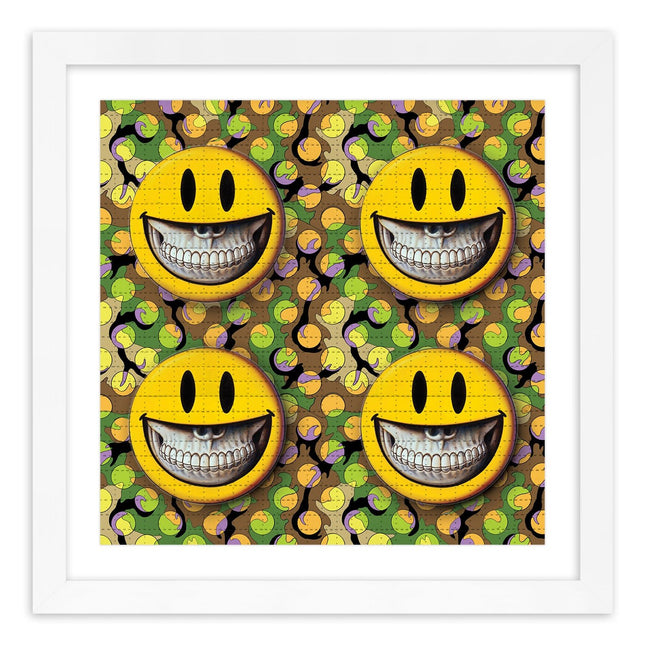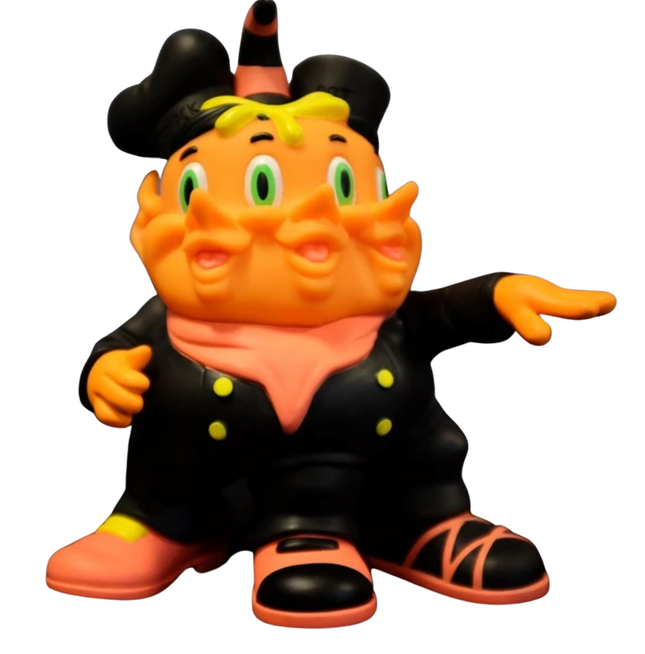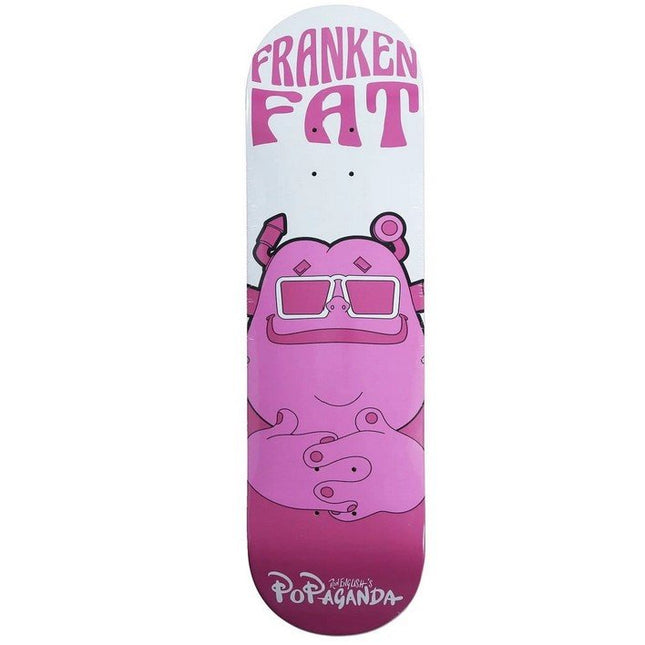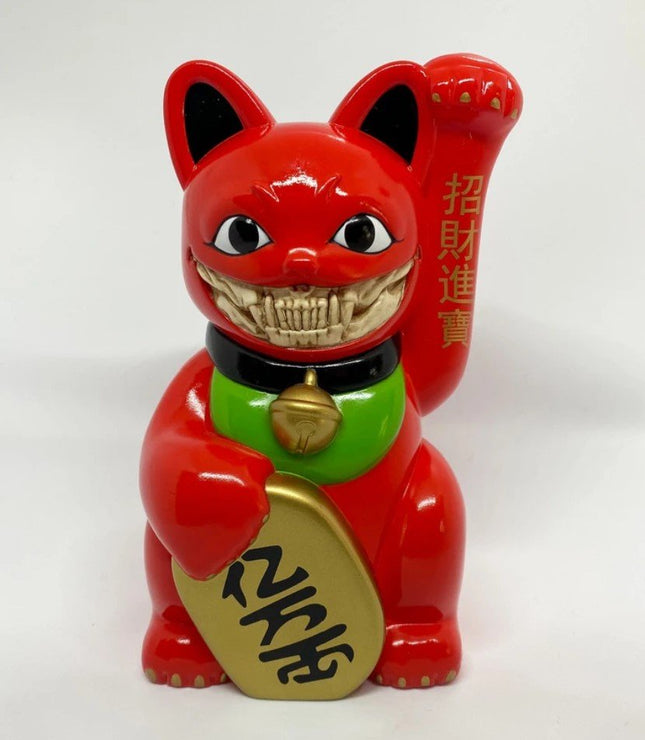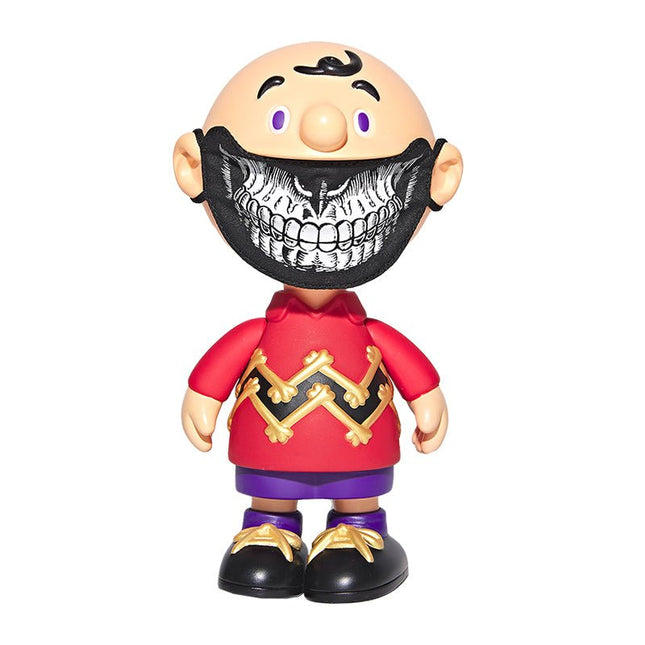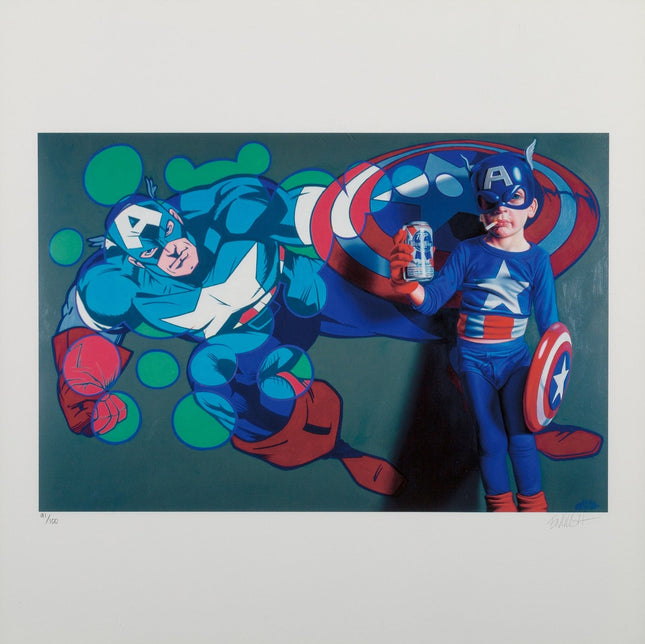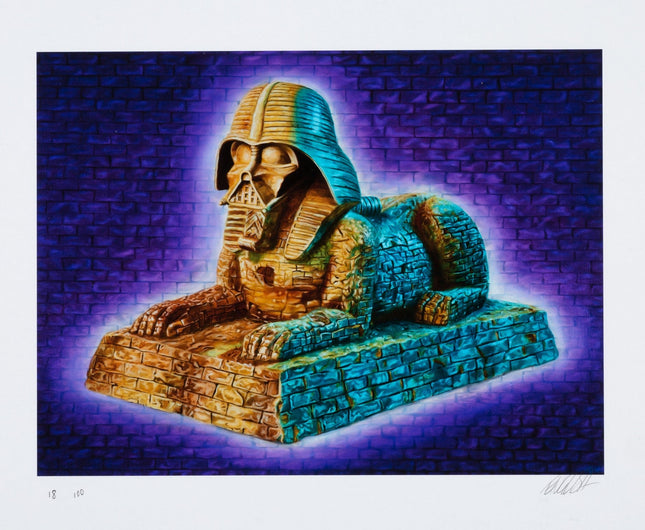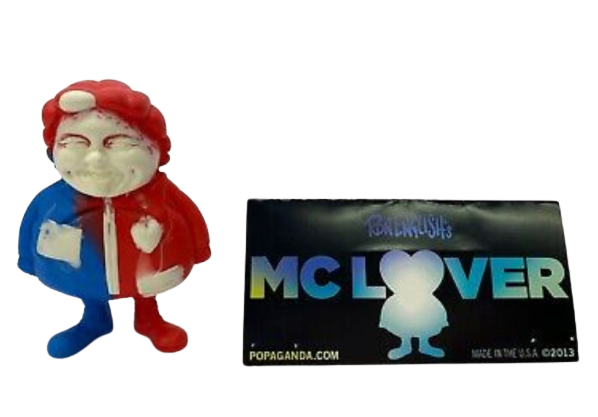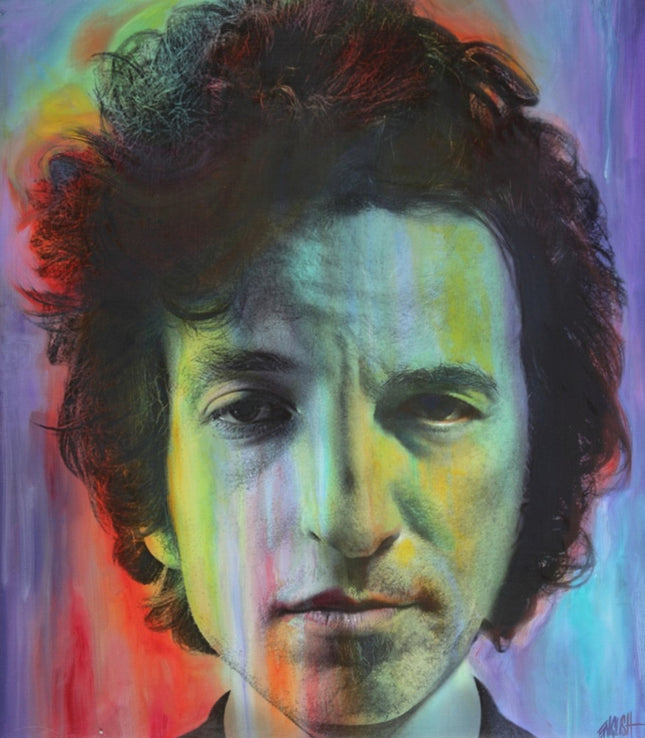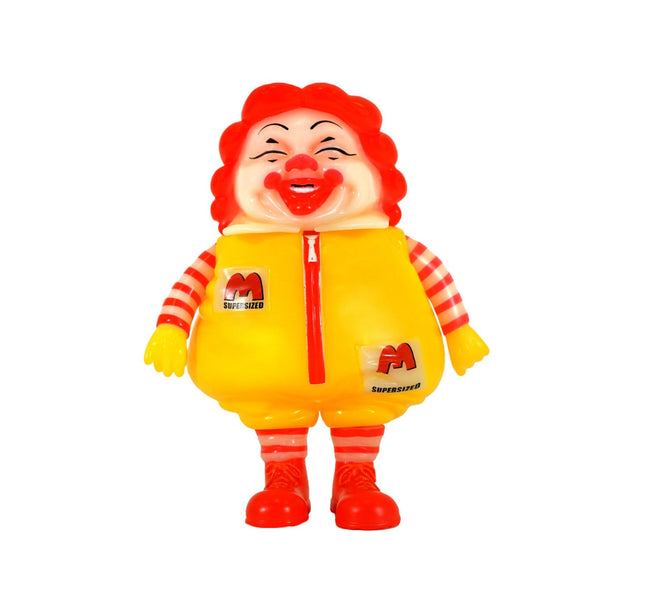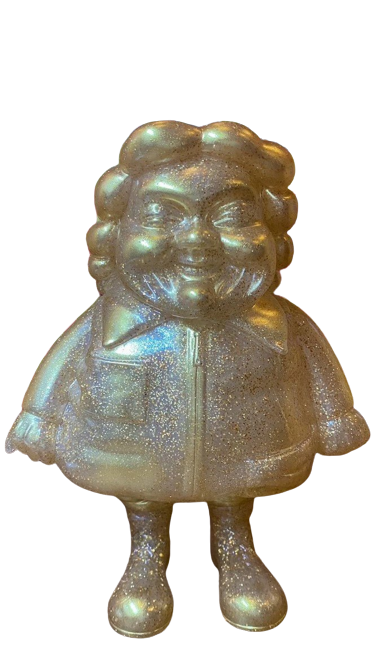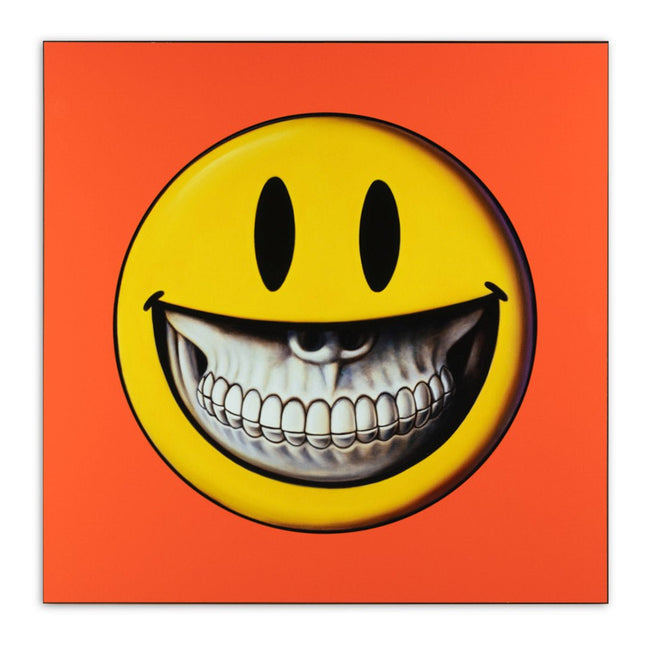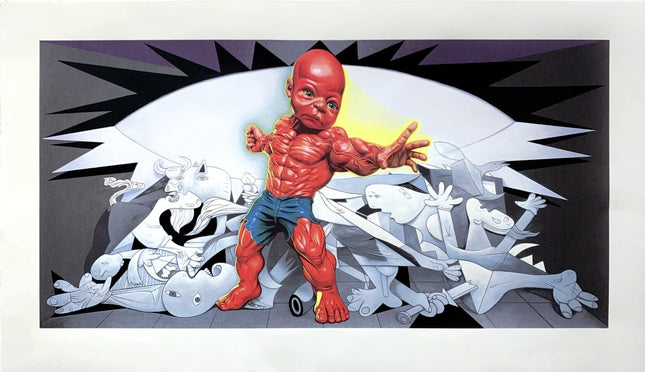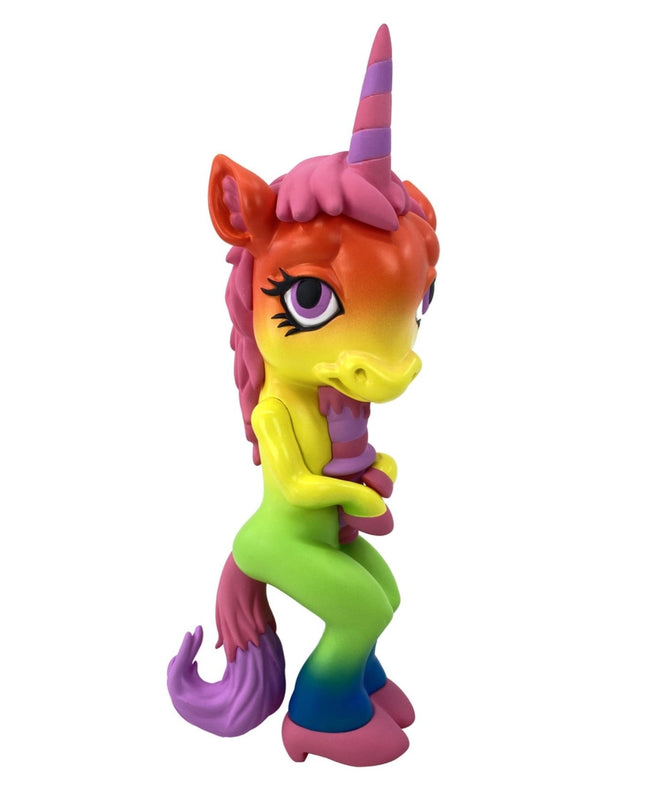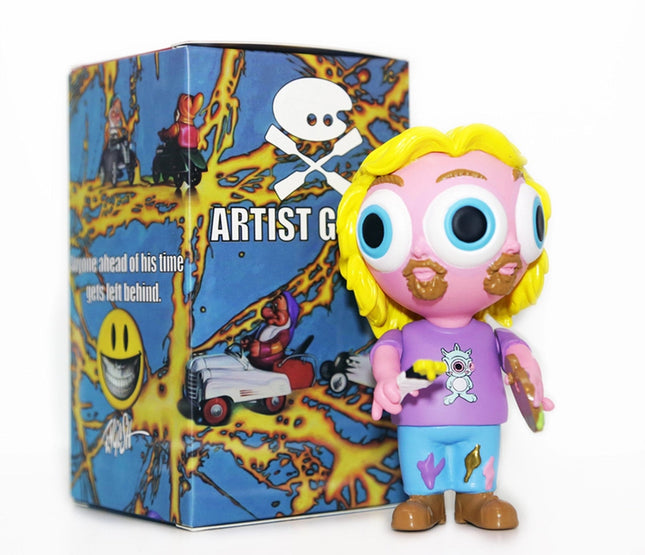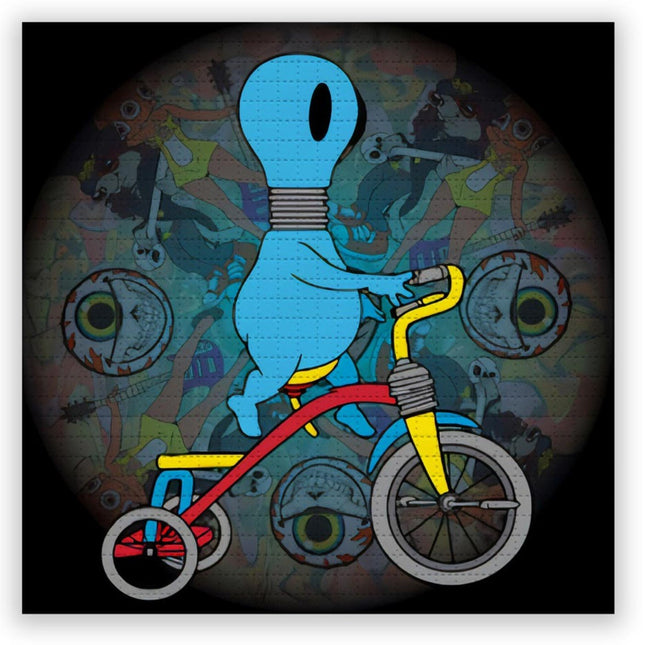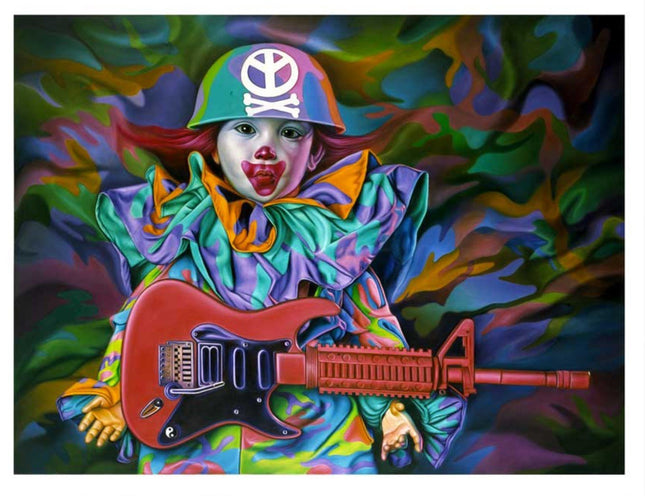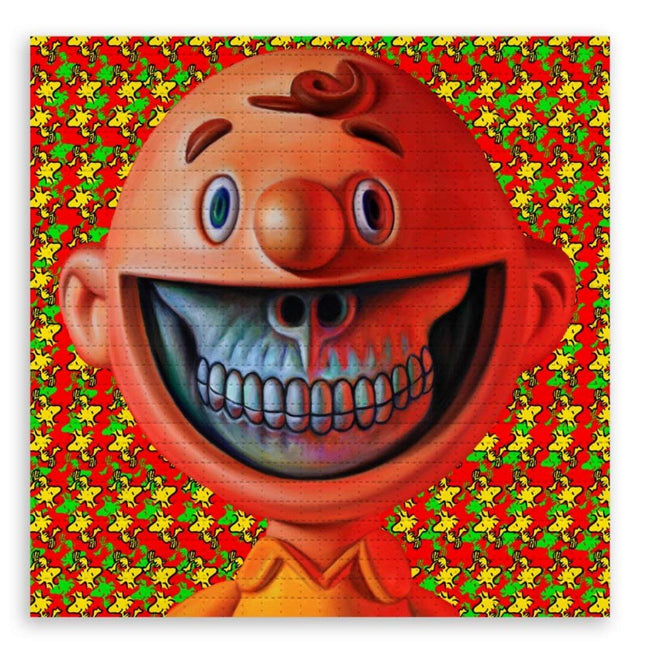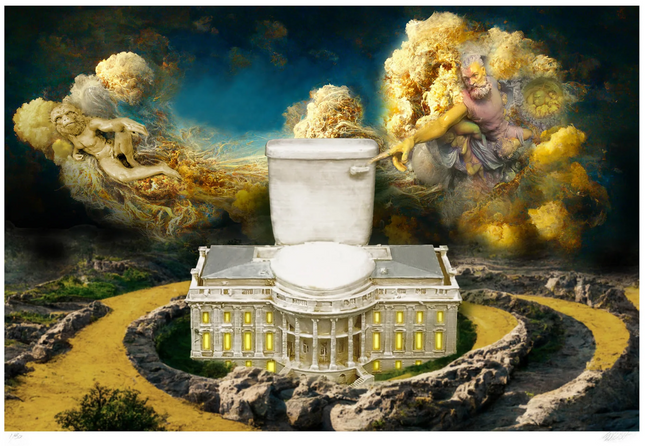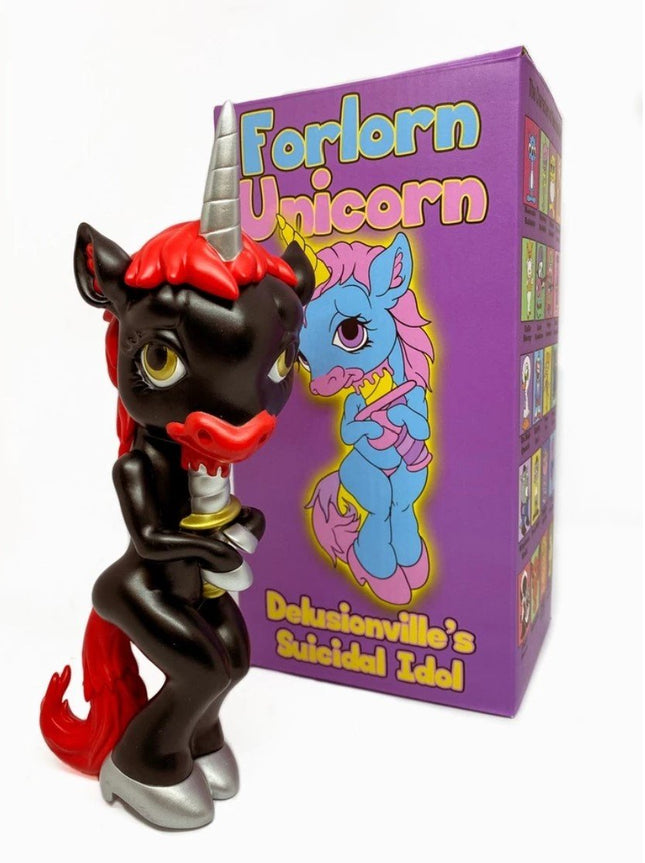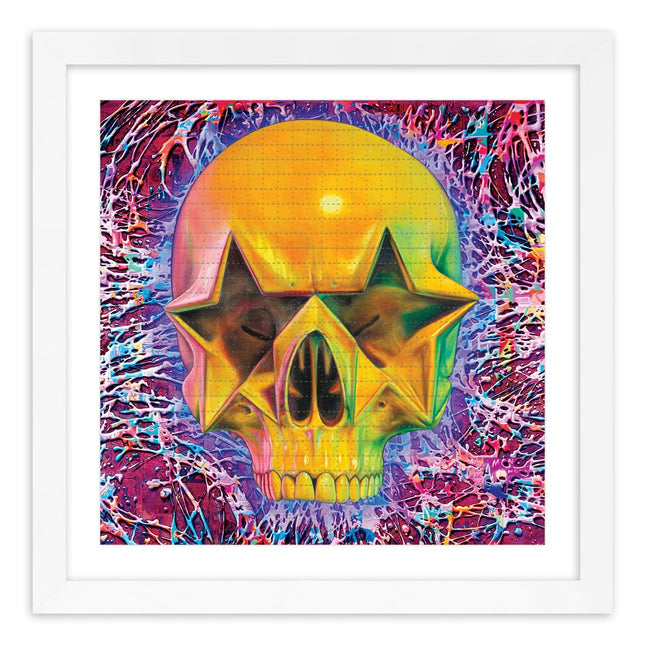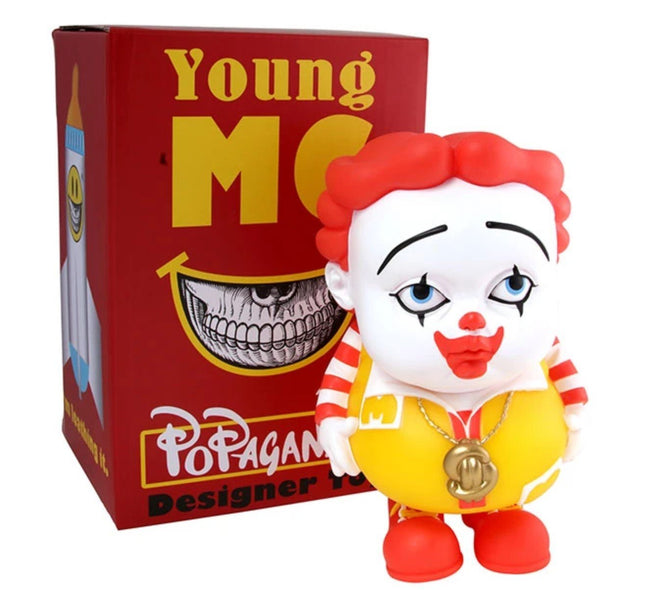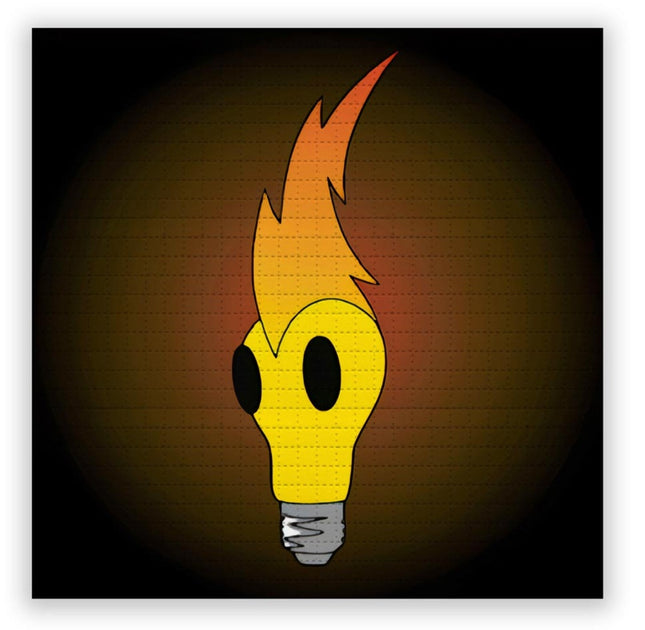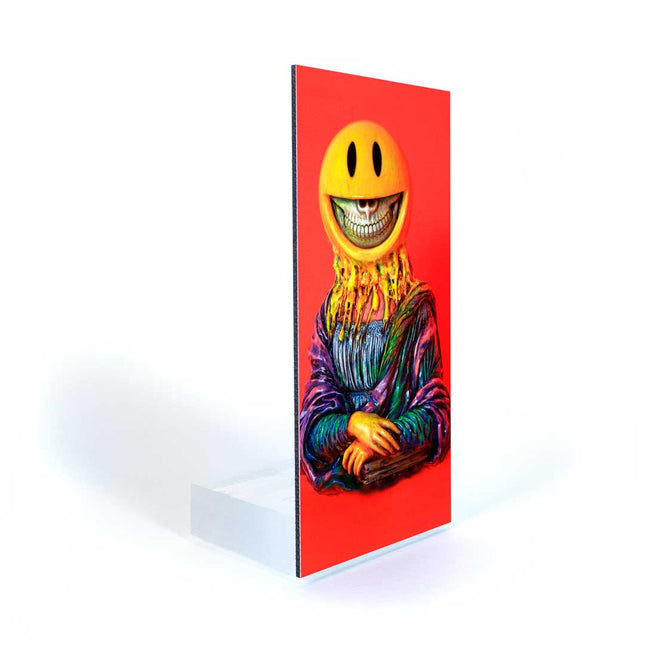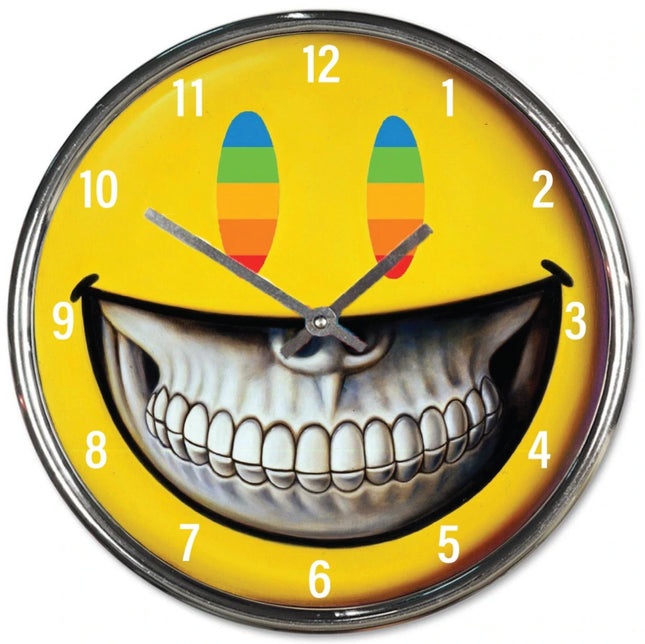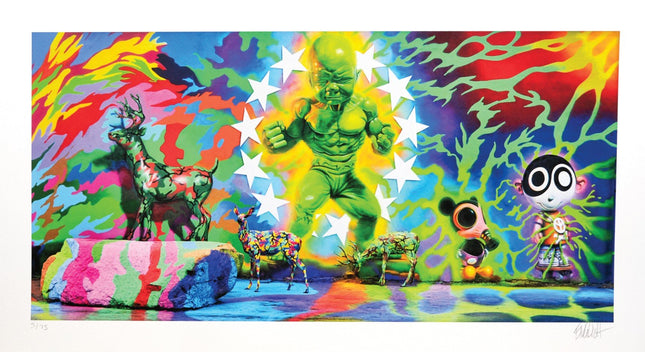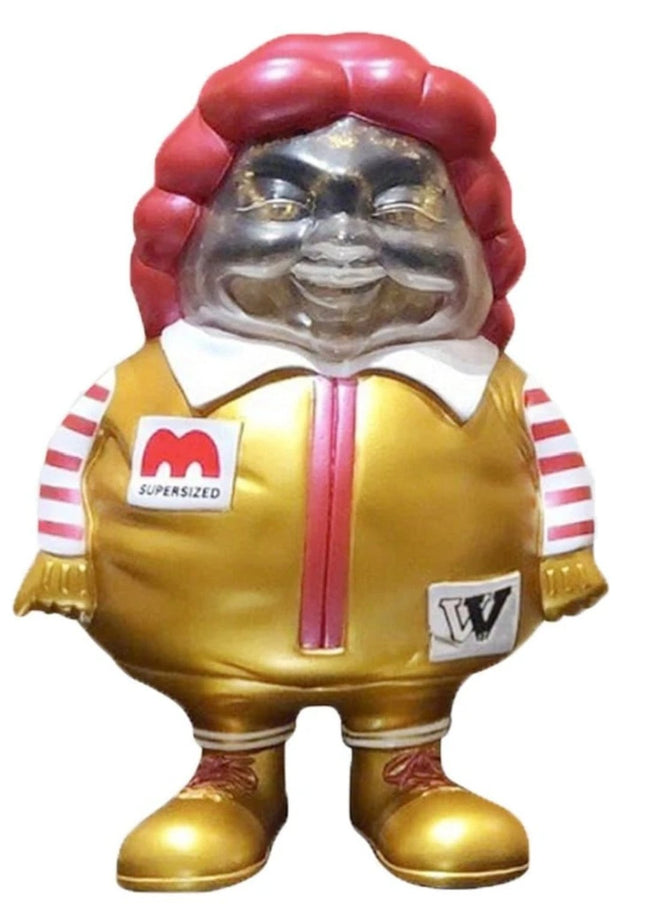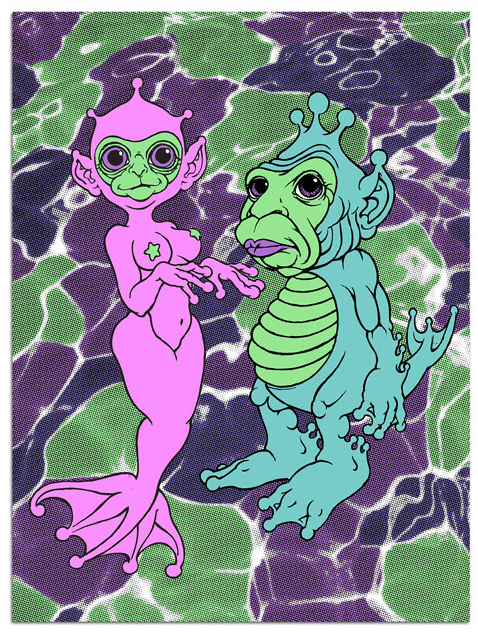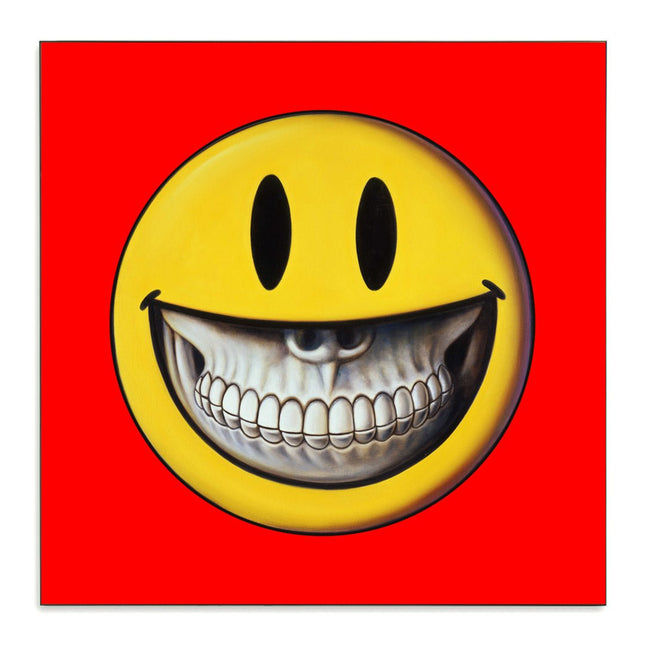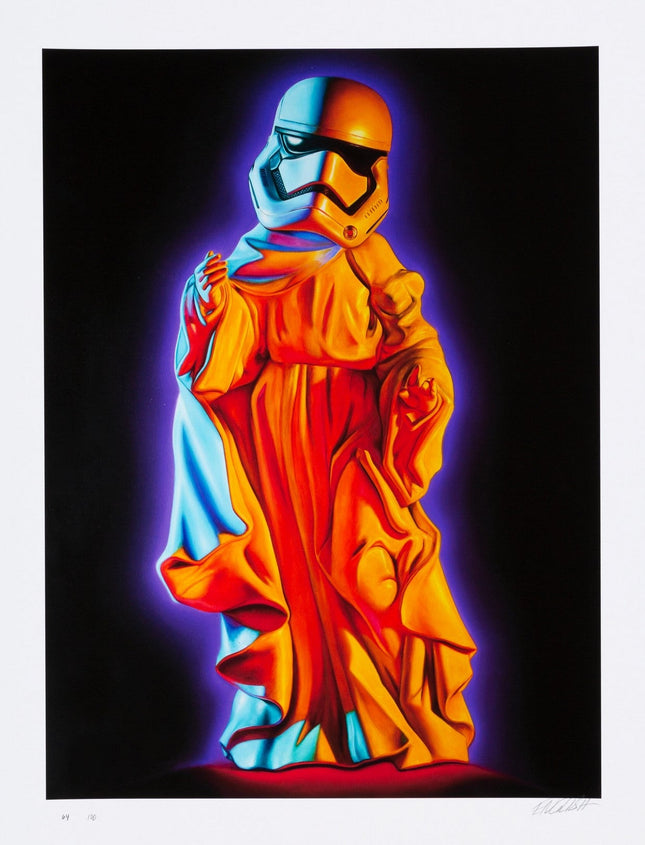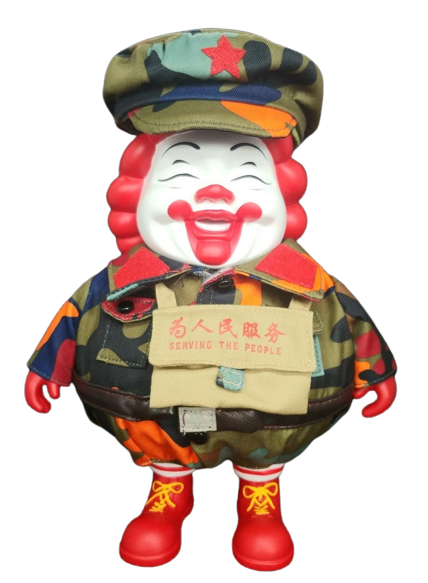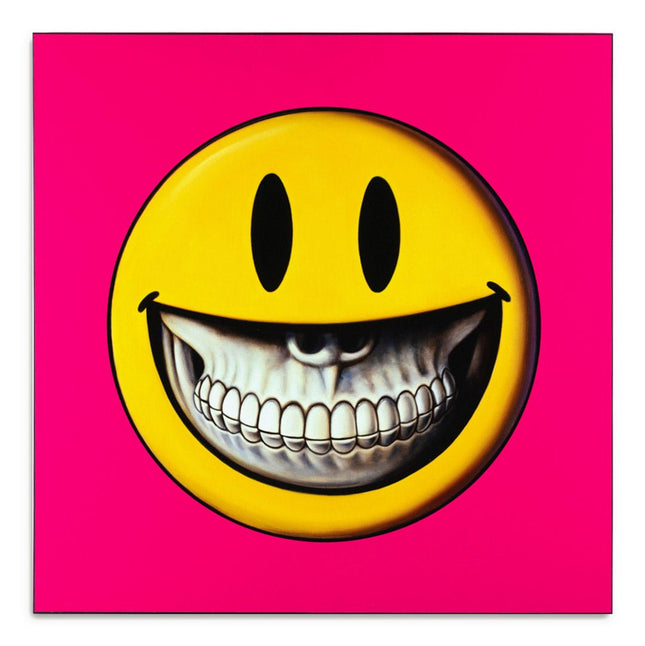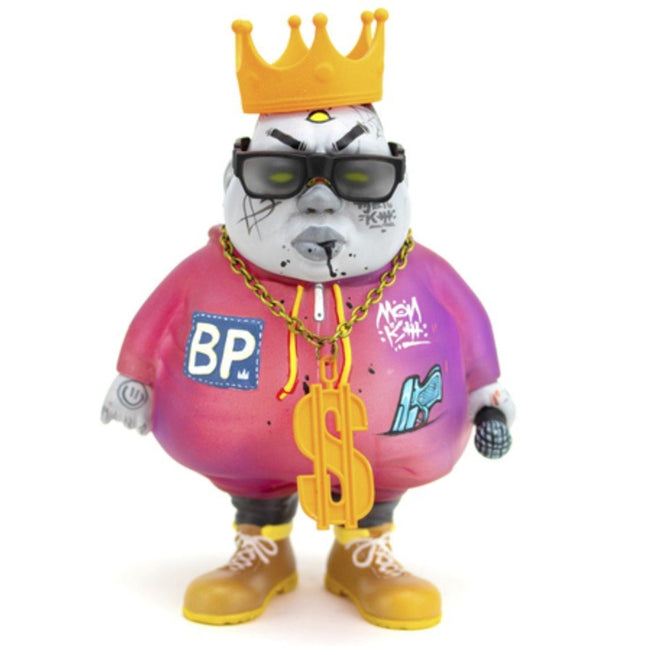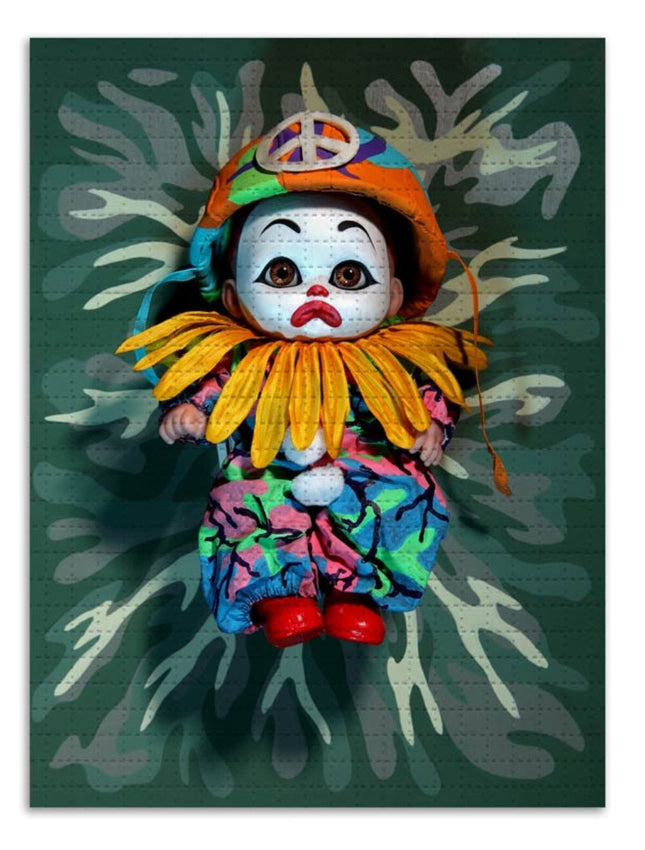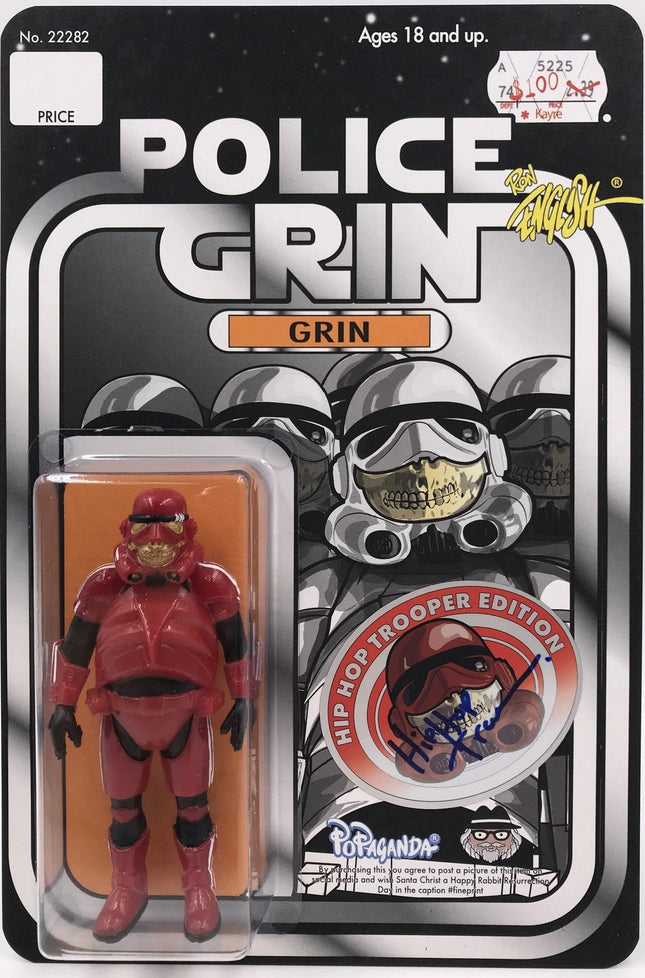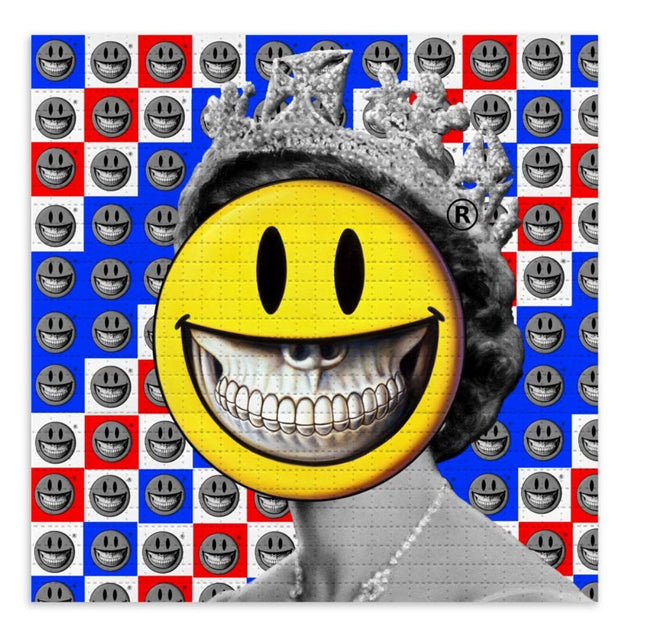
Ron English – POPaganda in Street Pop Art & Graffiti Artwork
Ron English is one of the most important and subversive voices in contemporary Street Pop Art & Graffiti Artwork, and his self-coined term POPaganda defines an entire movement built on the collision between mass culture and political critique. Born in the United States in 1959, English began his career as an underground billboard liberator—hijacking corporate advertising spaces and replacing them with hand-painted, hyper-saturated visual counterstatements. Through his work, he has turned familiar icons—such as Ronald McDonald, Mickey Mouse, and Abraham Lincoln—into mutated, surreal, and often unsettling images that challenge the viewer’s relationship to media, authority, and consumption. POPaganda is not just a clever pun. It is English’s direct response to the influence of consumerism and mass messaging on culture. It merges the visual vocabulary of American advertising with the iconoclasm of graffiti and the intensity of pop surrealism. His works often feature twisted versions of brand mascots or public figures, rendered in slick, comic-like detail that masks deeper messages about health, capitalism, politics, and identity. This is Street Pop Art at its most loaded—art that is loud, funny, grotesque, and unafraid to confront uncomfortable truths.
Billboard Liberation and Street-Level Disruption
English gained notoriety in the 1980s and 1990s through his billboard interventions, particularly across Texas and New York City. These pieces—often hand-painted with professional-grade precision—would be installed overnight on existing commercial signage, blending seamlessly at a glance but shocking the viewer upon closer inspection. A smiling fast-food mascot with skull teeth, a Disney character with bloated limbs, or a corporate logo dripping with sarcasm—these interventions were not just vandalism, but philosophical statements against the omnipresence of brand control and media saturation. This method mirrors the ethos of graffiti culture: reclaiming public space and turning passive visual environments into battlegrounds of meaning. English’s billboard takeovers combined the spontaneity of street bombing with the layered critique of conceptual art, bridging the raw energy of graffiti with the tactical sharpness of street pop commentary.
POPaganda Characters and Reconstructed Icons
Central to Ron English’s visual universe are his recurring figures—like MC Supersized (an obese Ronald McDonald), the Grin series (featuring skull-grinning versions of pop icons), and his reinterpretations of political and religious figures. These characters are not simply caricatures; they are symbolic vehicles. They hold up a mirror to modern America’s obsession with branding, distortion, and visual consumption. In his Abraham Obama sculpture, for example, English merged two presidents into one surreal hybrid—highlighting the media mythmaking around American leadership and the blur between reverence and commodification. These figures appear across murals, canvases, vinyl toys, designer sculpture, and limited-edition prints—each format allowing English to reach different audiences. This multi-platform presence mimics the very system he critiques, embedding his message into the same cultural flow that shapes mass identity.
Fine Art Meets the Streets in the POPaganda Machine
Despite working in gallery settings and producing museum-level work, English has maintained his connection to the tactics and principles of street art. His murals appear on city walls from Los Angeles to Tokyo, often alongside graffiti legends and contemporary pop surrealists. He collaborates across formats—from vinyl sculpture to apparel—demonstrating how street pop art can infiltrate mainstream culture while retaining its critical edge. Ron English’s POPaganda is more than a visual style—it is a philosophy of resistance through familiarity. By hijacking the images people trust most—mascots, heroes, presidents—he disrupts comfort and forces reflection. In doing so, he embodies the essence of Street Pop Art & Graffiti Artwork: bold, confrontational, visually addictive, and grounded in the urgency to wake people up. In the canon of modern art, Ron English stands as both a trickster and a truth-teller, using the tools of pop to expose the lies within it. Through POPaganda, he turns the language of commerce into a vocabulary of dissent—and that transformation is at the heart of what makes street pop art so vital.
